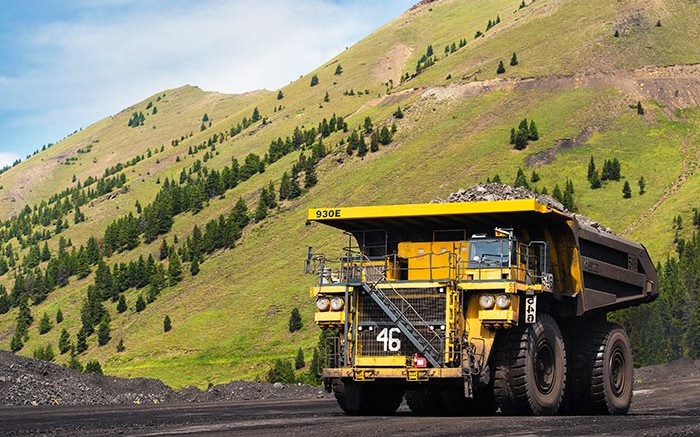The benchmark price for metallurgical coal has dropped to a multi-year low of US$119 per tonne, and Moody’s Investors Service doesn’t see much relief for met coal producers until the second half of 2016. In the meantime, it warns, protracted price weakness could bring downward rating actions.
Spot prices for high-quality met coal “show no upward momentum,” Moody’s commented in an Oct. 31 research report. “At the same time, tepid market indicators out of China, a weak global economy and slow supplier response make any material price recovery unlikely.”
The analysts write that while production cuts “will ultimately bring benchmark prices closer to the US$135- to US$145-per-tonne marginal cost of production, we now believe that will take longer.”
Met coal imports to China during the first nine months of 2014 fell 19% year-on-year, and recent efforts by Chinese authorities to slap import tariffs on coal to protect domestic miners “presents further risks to the downside,” Moody’s says.
There are also signs that steelmakers in China are turning to domestic suppliers, using more conservative restocking practices and producing less steel. Steel production growth in China in the first three quarters from January to September slowed to 2.3%, Moody’s says, and is expected to remain low for the rest of the year. By contrast, steel production grew 6.6% in 2013.
Figures from the World Steel Association seem to offer little comfort. The association forecasts steel-use growth in China will be 1% this year and slightly less in 2015.
“Tight financing, financing scandals and weak demand, especially in the Chinese property market, will continue to negatively affect steel-production growth,” the ratings agency notes. “Chinese steel production remains particularly important to coking coal demand, since most comes from blast furnaces, which require coking coal.”
Further delaying a price recovery, Moody’s says, is what it calls a “muted response” on the supply side.
“While miners globally announced over 25 million tonnes of supply curtailments since March 2014 — when the benchmark first dropped to US$120 per tonne — the announced supply cuts are being implemented slowly.”
Producers in Australia, which by Moody’s estimates supply half of the seaborne met coal market, have also increased production. Australia’s exports of met coal this year will reach 181 million tonnes, up from last year’s 170 million tonnes — a 6.5% increase, Moody’s forecasts.
Australia’s Bureau of Resources and Energy Economics anticipates that over the next three to four years, more than 30 million tonnes of additional capacity will come on-stream from projects that have already started or are about to start construction. “This incremental capacity will offset any production curtailments coming out of Australia in the next 18 months, and will lead to growing exports thereafter,” Moody’s says in its report.
Further complicating the situation are rail and other multi-year take-or-pay contracts in Australia that are a disincentive for producers to scale back production. The transportation contracts “require miners to pay a minimum amount for rail and port commitments for the delivery of coal, even if those commitments go unused,” Moody’s explains, and were signed “at the time of peak prices and booming investment.”
Moody’s estimates that St. Louis-based coal miner Peabody Energy (NYSE-MKT: BTU) has such take-or-pay agreements totalling US$3.7 billion, with terms of up to 26 years, mostly in Australia.
At current prices, all of its rated met coal producers in the U.S. “will be stressed,” the ratings agency says, “especially those that acquired assets at the top of the market, such as Arch Coal (NYSE: ACI) (B3 negative) and Alpha Natural Resources (NYSE: ANR) (B3 stable).”
But Arch Coal and Alpha Natural Resources, with their “significant cash cushions,” will fare better than Walter Energy (TSX: WLT; NYSE: WLT) (Caa2 stable), Moody’s says. It reasons that Peabody Energy’s more diversified options will be “best positioned.” Teck Resources (TSX: TCK.B; NYSE: TCK) has a more mixed report card. The company “is also diversified, and its coal operations are well positioned on a cost basis,” Moody’s says, “but its metrics are stretched for its rating at current met coal prices.”


Be the first to comment on "Met coal producers prepare for long price weakness"